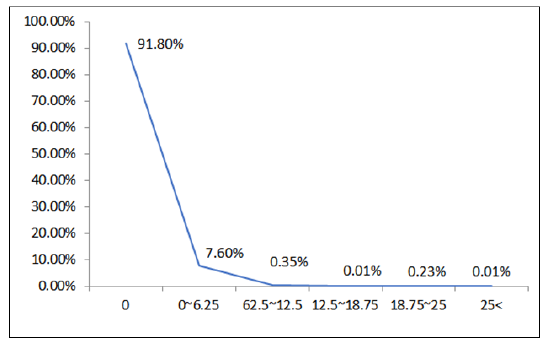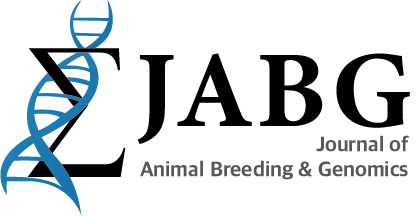Abstract
This study was conducted to explore the connection between the birth weight and carcass traits of Hanwoo and to use the data collected from Chungnam National University, which participated in the Hanwoo cow test farm project, as basic data on the establishment of improvement goals for birth weight. The analysis used 342,659 birth weights of animals born from 2002 to 2018, 302,474 animals of pedigree data and 387,961 animals of carcass traits data. In order to estimate the correlation between birth weight and carcass traits, two statistical models were established and analyzed in consideration of environmental factors affecting the trait. In the first model(Model 1), the heritability of steer was 0.28, 0.67, 0.70, 0.41, 0.63 and 0.48 in BW, SW, CW, EMA, MS and BF, respectively. The cows were 0.30, 0.34, 0.32, 0.20, 0.21 and 0.37, respectively. The results of the second model(Model 2), including the permanent environmental effect of the maternal, showed an increase in heritability of 0.01 to 0.29 for steer and 0.31 for cows, showing no significant change. Genetic correlations between BW, SW, CW, EMA, MS and BF in steer were 0.39, 0.42, 0.40, 0.25, and 0.24, respectively, showing moderate correlations. The cows BW, SW, CW, EMA showed similar results with 0.31, 0.41, and 0.44, respectively. According to the results of the study, the genetic relationship between the heritability to BW, SW, CW and carcass trait shows that the birth weight is related to each carcass trait. It is believed that it can be used as basic data.
Figures & Tables

Figure 1. Inbreeding percent on steer


